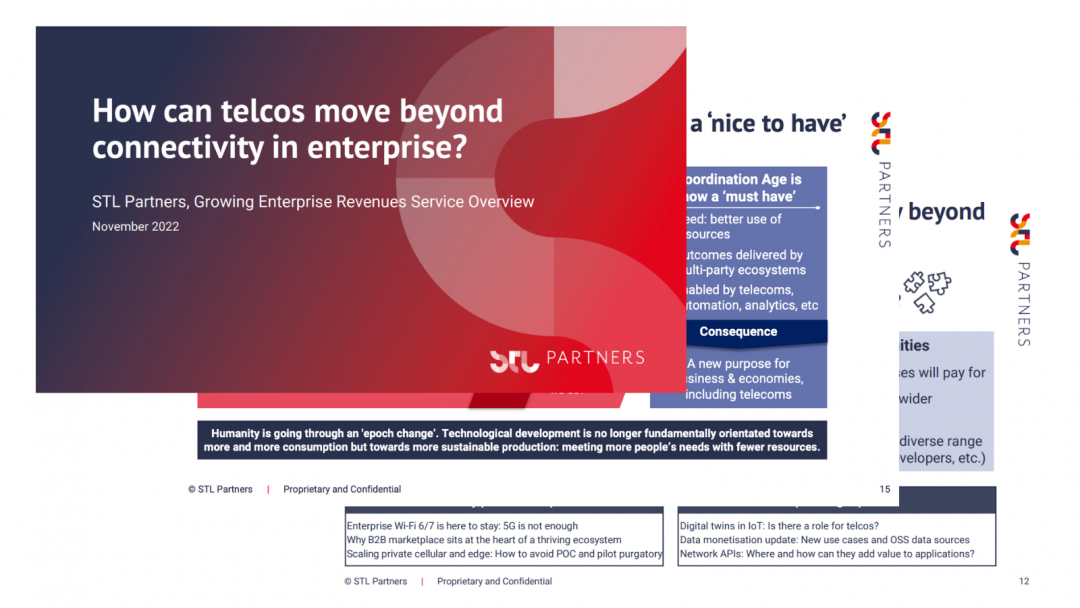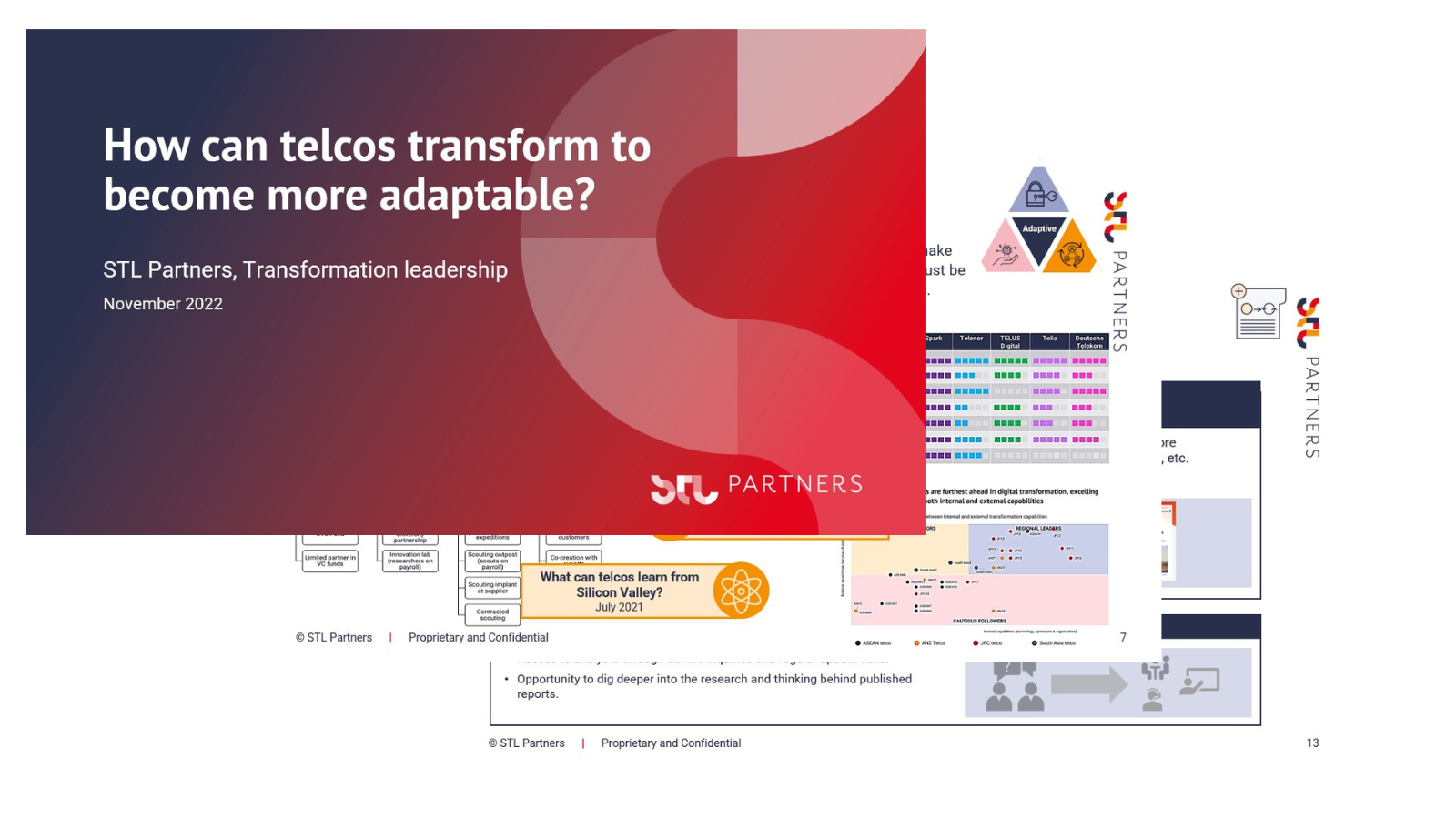
Closing the digital divide: How regional ISPs should innovate
The COVID-19 pandemic highlighted the severity of the digital divide globally, which cannot be solved by large telecoms operators alone. STL Partners’ research into regional ISPs demonstrates the role they can play, particularly by evolving their business model to open new opportunities.
What is the digital divide?
The digital divide refers to the gap in connectivity between urban areas and rural areas. This “broadband gap” affects approximately 47% of the world’s population and 25 million people in the U.S. alone. In some cases, the digital divide is so stark that there are areas that are completely unconnected. In other cases, there are significant differences between the broadband speeds and quality of service in urban areas and rural areas.
Funding does not completely solve the digital divide problem
It is no secret that the digital divide is a global problem now: as people’s lives become digitised further, access to the internet has become a fundamental need. The COVID-19 pandemic shone new light on the debate and brought it back to policymakers’ attention. In the U.S., for example, several funding initiatives have recently been introduced or expanded: Connect America Fund Phase II Auction (CAF II), the Rural Digital Opportunity Fund (RDOF) and Infrastructure Investment and Jobs Act. Additionally, the U.S. Department of Agriculture has launched the Rural Development Broadband ReConnect Program, and the FCC has been issuing grants to connect low-income households through the Emergency Broadband Connectivity Fund during the pandemic.
However, each of these hold limitations and, although they incentivise large telecoms operators and ISPs to accelerate network roll-out, they do not necessarily solve the challenges that service providers face in covering rural areas. Providing ubiquitous broadband coverage for these various terrains is challenging because return on investment for provisioning sparse populations is low, and carriers must navigate local permitting laws (which may differ by state, or type of land, e.g., tribal lands) to get access to rights-of-way.
There are specific challenges that regional ISPs face, which makes building their networks, upgrading core capabilities and infrastructure security, and rolling out services more difficult:
-
- Making the business case
-
- Justifying the cost of technology
-
- Gaining access to skills and resources
-
- Modernising the network
Why innovation across the business model is key for closing the digital divide
STL Partners has written about business model innovation for decades, mainly focusing on traditional telecoms operators. Some of these learnings are applicable to regional ISPs, for example the need to expand ecosystems, however there are nuances within regional ISPs that are unique.
Following a research programme evaluating over 30 regional ISPs and interviewing leading players, we developed a framework that highlighted four key factors for business model innovation: technology, partnerships, financing models, and new services and customer segments.


Technology • Use of new, innovative technology to accelerate access network build and optimize the network core for scale

Partnerships • Working with unique companies and organizations to share skills, technology and increase value provided to customers

Financing models • Accessing capital for investment through different models and partners - public or private

New services and customer segments • Improving the business case by developing new services and taking these to (new) market(s)
Examples of regional ISP business model innovation
Our research identified numerous examples of business model innovation happening across types of regional ISPs:
1. Inland Cellular
Inland Cellular demonstrates the value of a partnerships, ecosystem approach to provide services to rural industries through the Rural Cloud Initiative
2. Alaska Communications
Alaska Communications highlights how technology can dramatically change the economics of the network and allow an ISP to scale more quickly
3. Bluewater Regional Networks
Bluewater Regional Networks showcases the value regional ISP services can bring to new customer segments – especially in B2B
4. Ting Internet
Ting Internet and Westminster share risk through innovative financial model using payback mechanism
5. Microsoft Airband
Microsoft Airband provides TV white space as an alternative wireless access technology
Recommendations for regional ISPs tacking the digital divide
Regional and rural ISPs are well-positioned to tackle the broadband gap through innovative business models. In order to taking a driving role in closing the digital divide while tackling business model challenges, ISPs should seek to evaluate different aspects. Firstly, this can be about how network infrastructure is funded for and looking outside traditional means. Secondly, it can be about exploring partnerships with new organisations and taking a more ecosystem approach to these, as opposed to linear supplier-customer models. Third, ISPs can explore new products and services that are easy to take to market, yet can make a huge difference to their business case. And, finally, innovative technologies open up new ways to cover large areas using more cost-effective means.
Discover more about on this topic
- How regional ISPs are bridging the digital divide through innovation
- Three new telco business models: Soft-net, Cloud-net, Compute-net
- The new telcos: A field guide
This article is based on a report commissioned by A10 Networks, which was prepared independently by STL Partners.
Download this article as a PDF
Read more about growing enterprise revenues
Growing Enterprise Revenues overview pack
Our overview pack explores how the telecoms industry can leverage new business models to meet enterprise customer needs
Network APIs: Unlocking new value in the telco cloud
Network APIs may offer an answer to the question of how to monetise recent and upcoming telco cloud deployments. Virtualised networks upgrade APIs and enhance the value they offer to developers and customers. To unlock their potential, telcos should focus on optimising their commercial models.
Network Futures overview pack
Our Network Futures Service provides a roadmap for new network ownership, regulation and partnership models, and insights. into new technologies, industry dynamics and new players.
Core-as-a-Service since 2018: Wgtwo
Core-as-a-Service is not a brand new concept. Working Group Two, aka wgtwo – a smaller Scandinavian outfit, has been offering Core-as-a Service since 2018. We spoke to their CEO Erlend Prestgard about why wgtwo’s original mission to help telcos extract more value from connectivity remains as relevant in 2022.





